Picture yourself stepping back 300 million years, into a world where dragonflies the size of hawks patrol ancient swamps and millipedes stretch longer than your car. This was Earth during the Carboniferous period, when insects grew to monstrous proportions that would make today’s biggest bugs look like toys.
The secret behind these colossal creatures lies in something you breathe every day, oxygen. Back then, Earth’s atmosphere contained roughly 35 percent oxygen compared to today’s 21 percent. This oxygen-rich environment allowed insects to grow far beyond anything we see today, creating aerial giants that dominated the skies long before birds took flight.
When Dragonflies Were the Size of Eagles

You might think modern dragonflies are impressive hunters, but their ancient relatives would have left you speechless. Meganeura, the most famous of these prehistoric giants, boasted a wingspan stretching nearly 30 inches across. That’s roughly the size of a red-tailed hawk, making it one of the largest flying insects ever discovered.
These colossal dragonflies didn’t just hover around peacefully like their modern cousins. They were apex predators of their time, equipped with razor-sharp mandibles capable of crushing smaller insects and even early amphibians. Their massive compound eyes, some nearly three inches wide, gave them exceptional vision for tracking prey across the primordial landscape.
The Oxygen Secret Behind Giant Insects
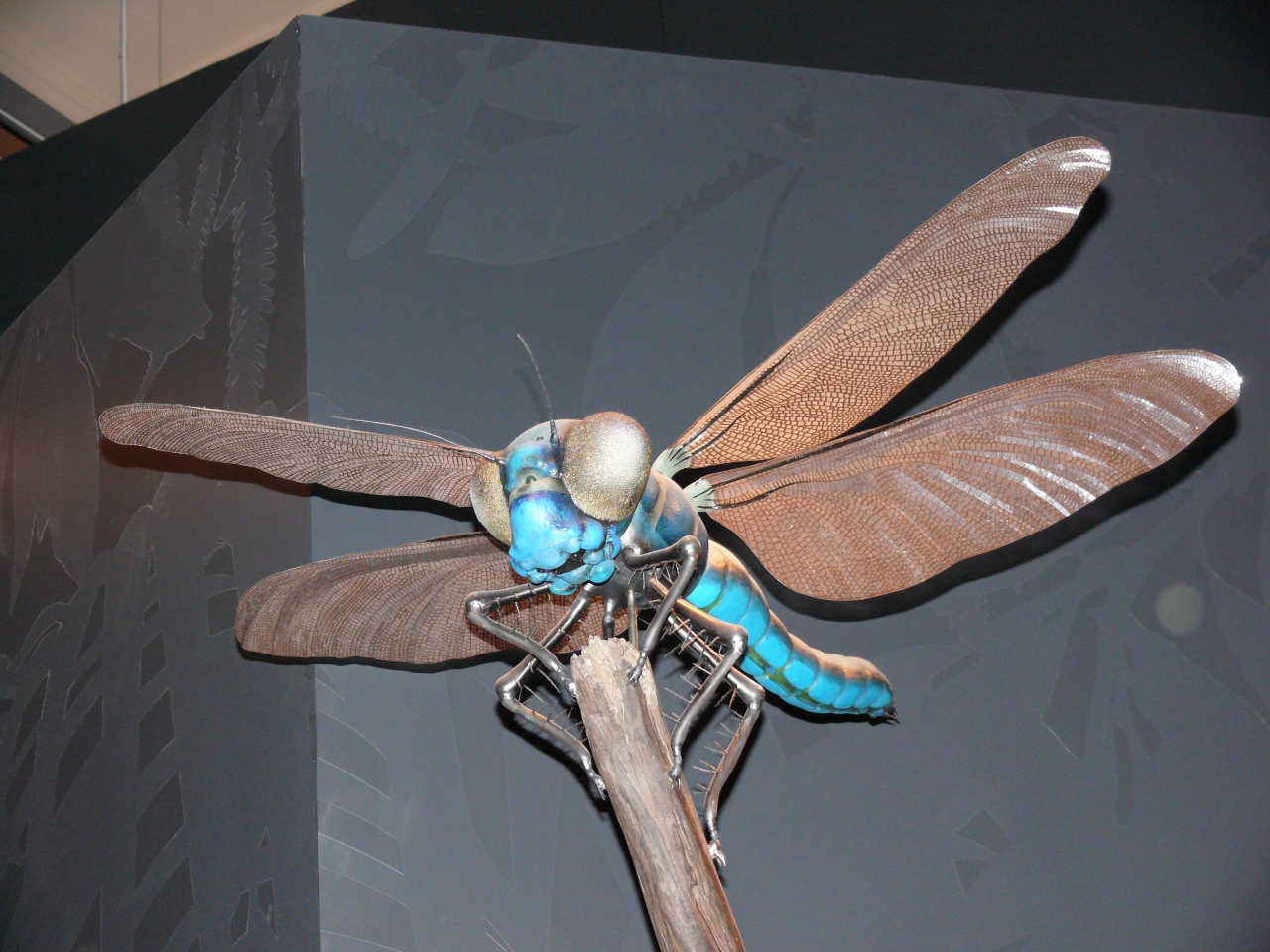
The key to understanding these monster insects lies in how they breathe, which is completely different from how you do it. Insects don’t have lungs; instead, they rely on a network of tubes called tracheae that deliver oxygen directly to their tissues. This system works beautifully for small insects but becomes increasingly inefficient as body size increases.
During the Carboniferous period, the atmosphere’s elevated oxygen levels essentially supercharged this breathing system. The higher oxygen concentration meant these tracheal tubes could effectively supply much larger bodies. When oxygen levels eventually dropped, insects were forced to shrink back down to the sizes you see today, constrained by the limitations of their respiratory system.
Ancient Mayflies That Dwarfed Modern Birds
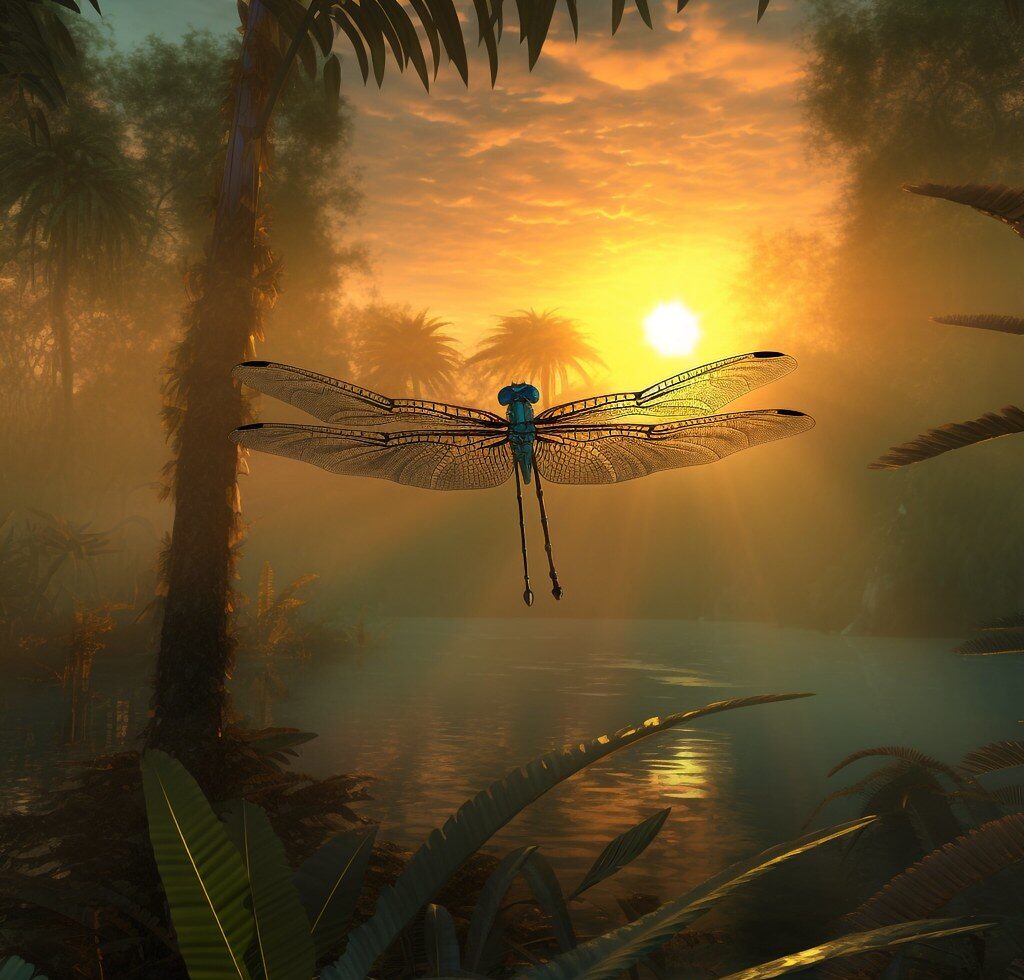
While Meganeura gets most of the attention, other flying insects achieved equally staggering proportions. Permothemis, an ancient relative of mayflies, stretched its wings across spans of 18 inches or more. These creatures filled ecological niches that wouldn’t exist again until birds evolved millions of years later.
What makes these giant mayflies particularly fascinating is their lifestyle. Like their modern descendants, they likely lived most of their lives underwater as nymphs before emerging for brief, spectacular flights as adults. Imagine witnessing swarms of these massive insects emerging from prehistoric lakes, their enormous wings catching the light as they performed their ancient mating rituals.
The Physics of Giant Insect Flight
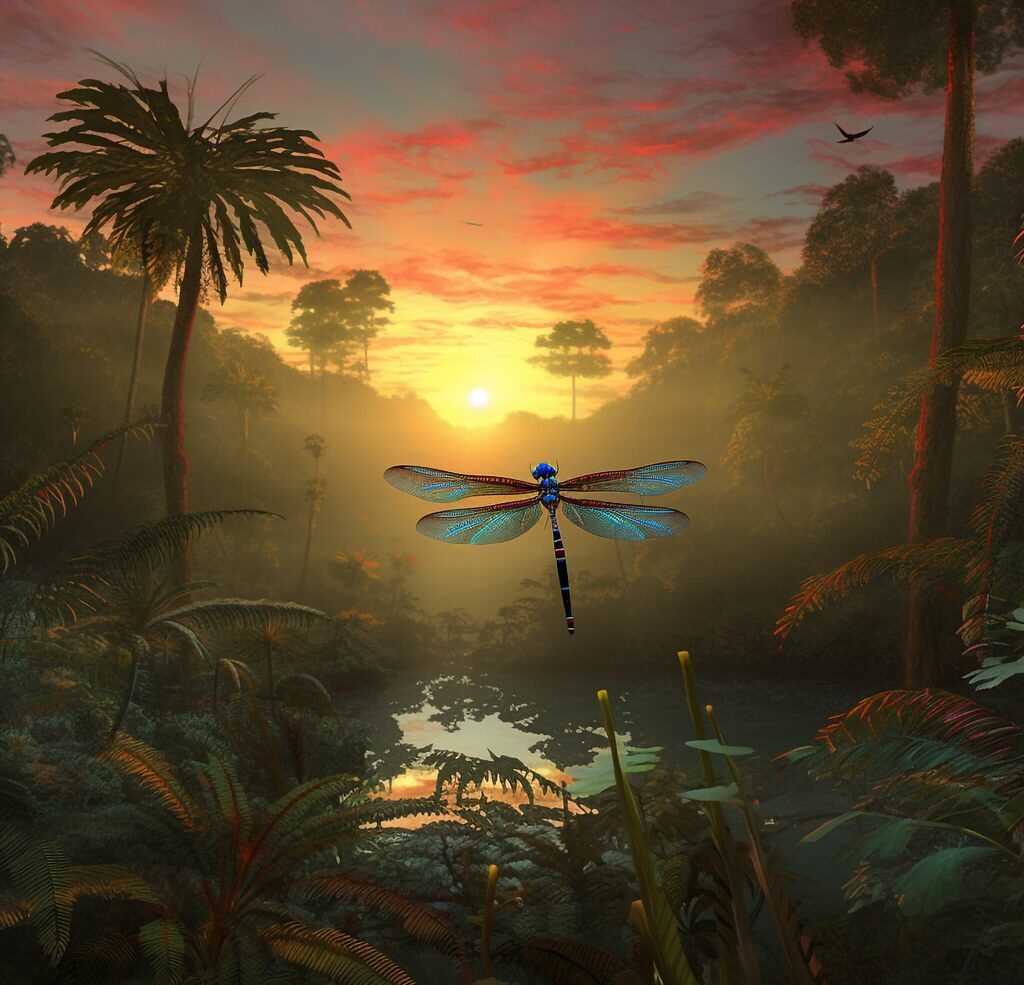
You might wonder how these massive insects managed to stay airborne with their primitive wing structures. The answer involves some remarkable engineering that puts modern aircraft to shame. Their wings operated on completely different principles than bird flight, using rapid figure-eight motions that created complex vortices for lift.
The increased air density during the Carboniferous period also played a crucial role in supporting these aerial giants. Thicker air provided more resistance for their wings to push against, making flight easier despite their enormous size. This combination of atmospheric conditions created the perfect storm for giant insect aviation, a scenario that has never been repeated in Earth’s history.
Predators and Prey in the Ancient Skies
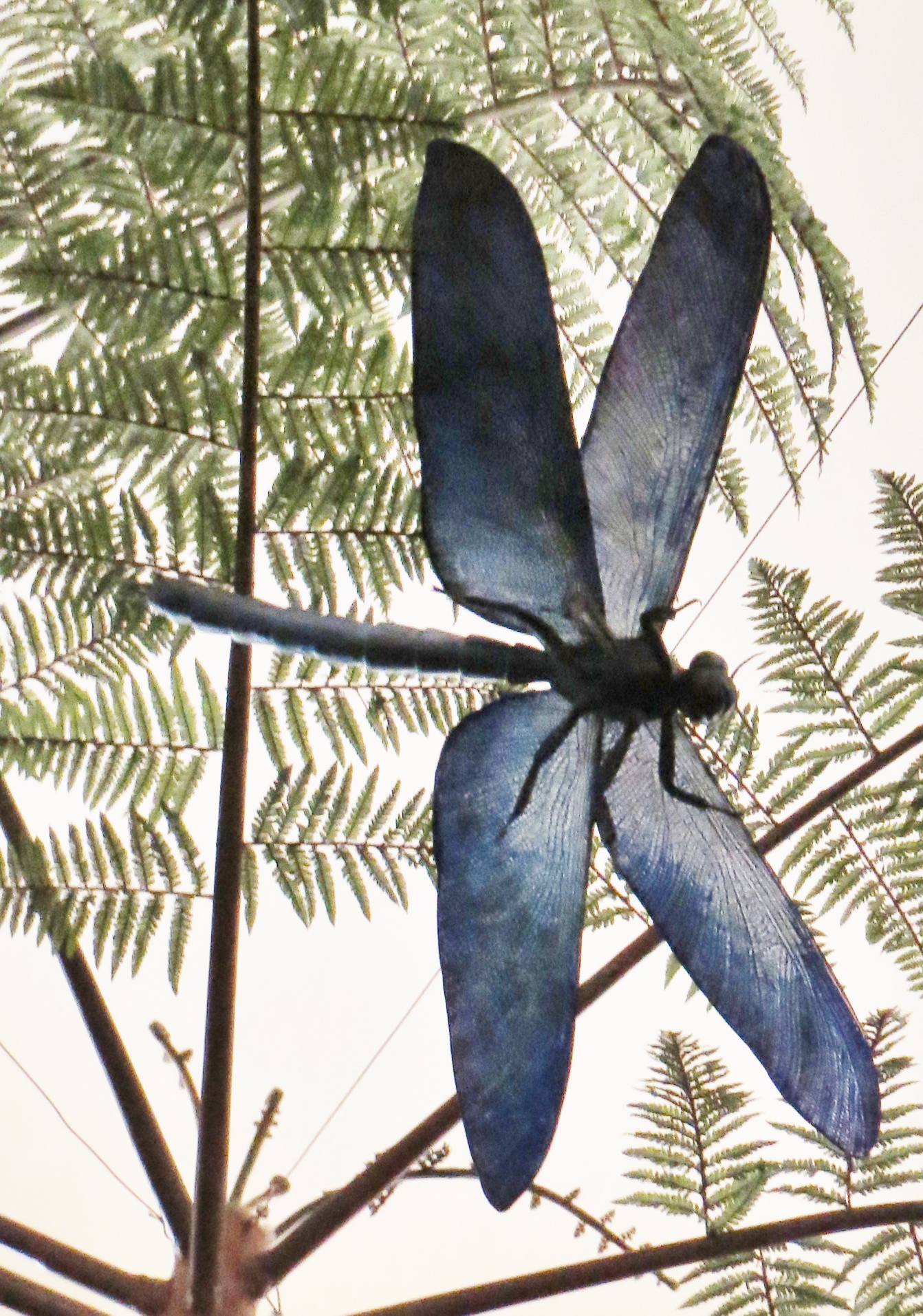
The prehistoric airways weren’t just filled with gentle giants peacefully coexisting. These massive insects created complex food webs in the sky, with the largest dragonflies hunting smaller flying insects, while themselves avoiding the occasional aerial assault from early flying vertebrates. You would have witnessed aerial battles that rivaled anything in nature documentaries today.
Smaller insects had to develop incredible evasive maneuvers to survive in skies dominated by these flying monsters. Some evolved erratic flight patterns, while others developed warning colors or chemical defenses. The evolutionary arms race between predator and prey played out on a scale that modern insect interactions can barely hint at.
The Rise and Fall of Insect Giants
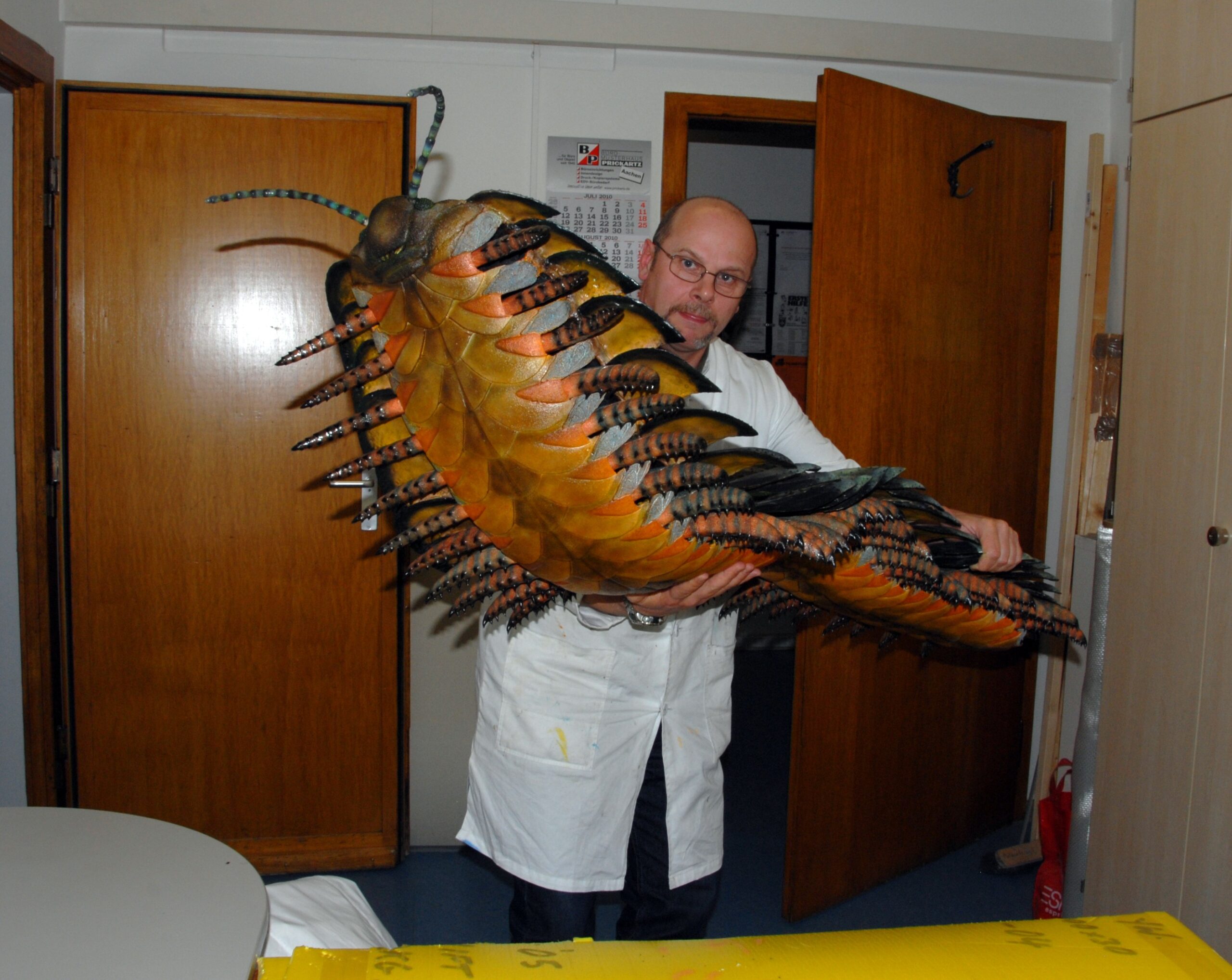
The golden age of giant insects didn’t last forever, though it persisted for tens of millions of years. As Earth’s climate shifted and oxygen levels began to decline, these massive creatures found themselves increasingly unable to survive. Their large bodies, once an advantage in the oxygen-rich environment, became a fatal liability as the atmosphere changed.
The final blow came with the evolution of birds and flying reptiles, which proved far more efficient fliers than even the largest insects. These new aerial competitors not only outmaneuvered the giant insects but also began hunting them actively. Within relatively few million years, the age of monster insects came to an end, leaving only fossil impressions of their former glory.
Modern Echoes of Ancient Giants
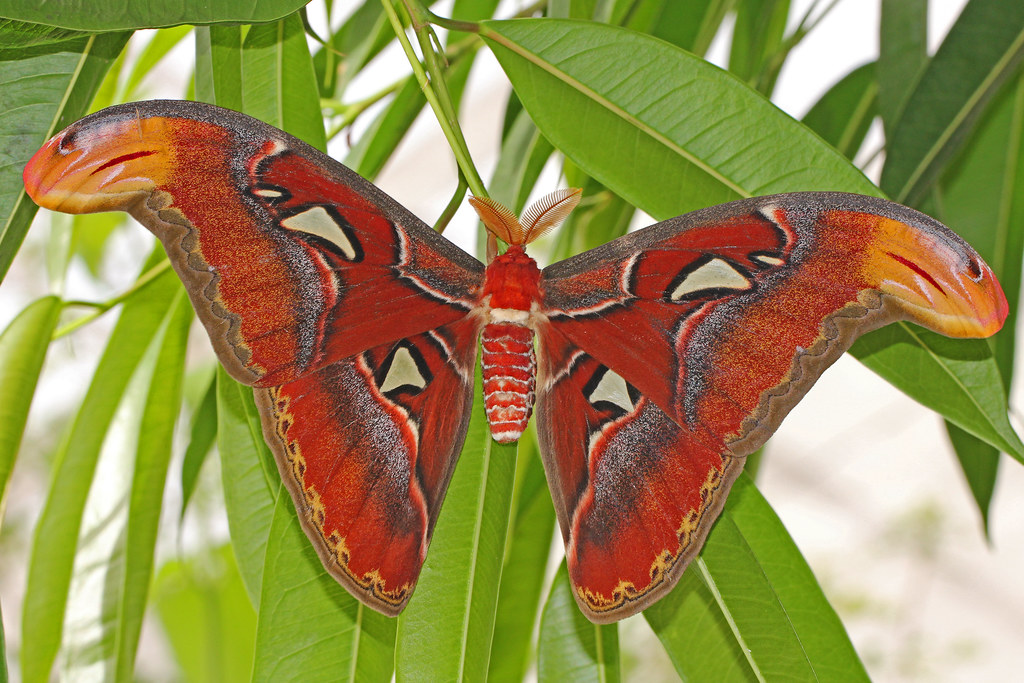
Today’s largest insects provide tantalizing glimpses of what their prehistoric ancestors achieved. The Atlas moth of Southeast Asia, with its nearly foot-wide wingspan, represents about the maximum size modern atmospheric conditions can support. Even more impressive is the Chinese stick insect, which can stretch over two feet long, though it lacks the aerial prowess of its ancient relatives.
These modern giants face the same respiratory limitations that keep all contemporary insects relatively small. However, in certain high-altitude locations where atmospheric pressure changes, scientists have observed slightly larger insect sizes, hinting at the powerful relationship between air composition and insect gigantism that shaped the prehistoric world.
What Giant Insects Teach Us About Evolution
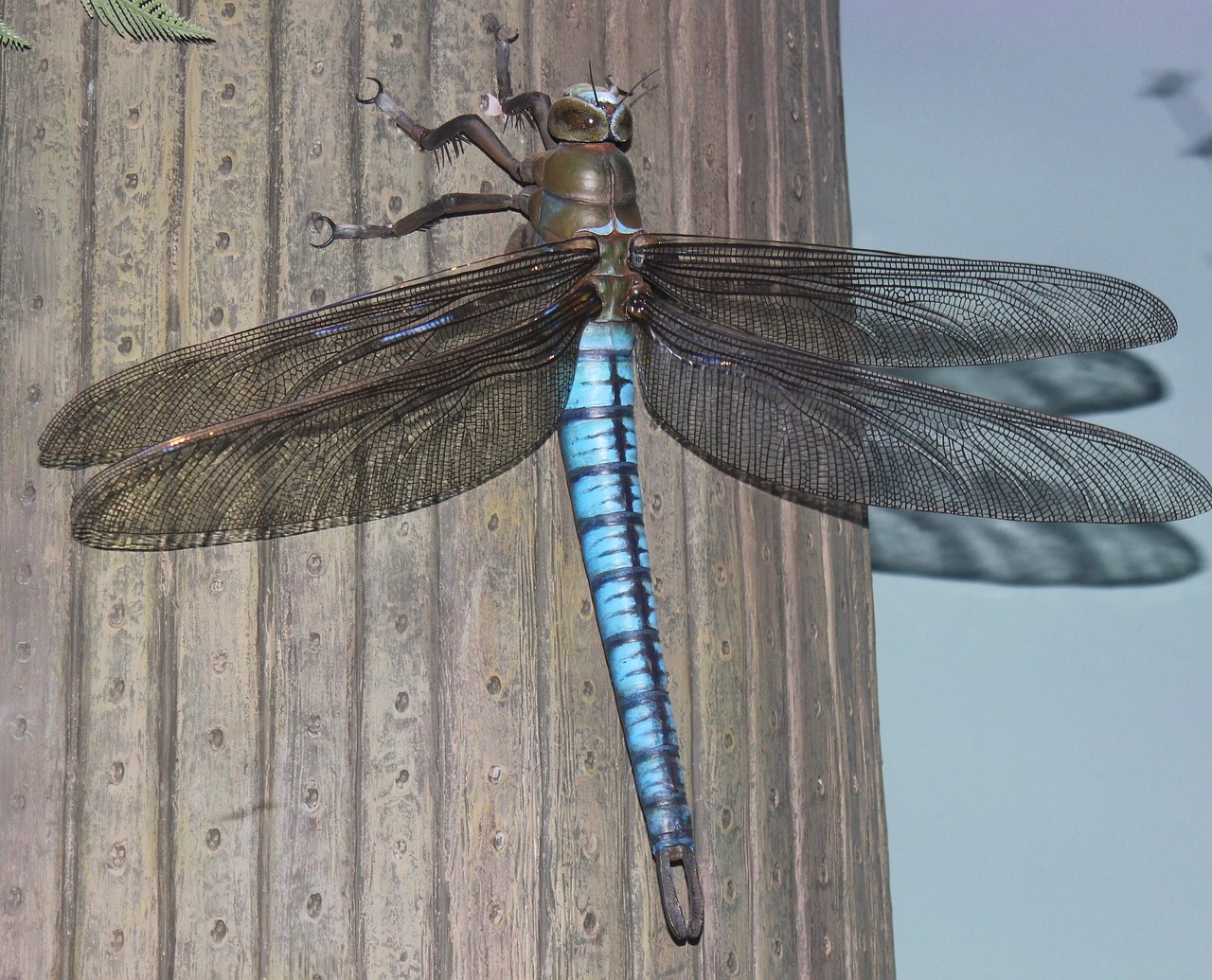
The story of these prehistoric flying giants offers profound insights into how environmental conditions shape life on Earth. You can see how dramatic atmospheric changes don’t just influence climate, they can completely reshape the biological possibilities available to different groups of organisms. The giant insects represent one of evolution’s most spectacular experiments in size and flight.
Their legacy reminds us that Earth’s history is filled with biological possibilities we can barely imagine today. These creatures achieved forms of flight and predation that have no modern parallels, creating ecosystems unlike anything that exists now. They demonstrate that evolution doesn’t always move toward familiar forms, sometimes producing solutions that seem impossible until you understand the unique conditions that made them work.
Conclusion
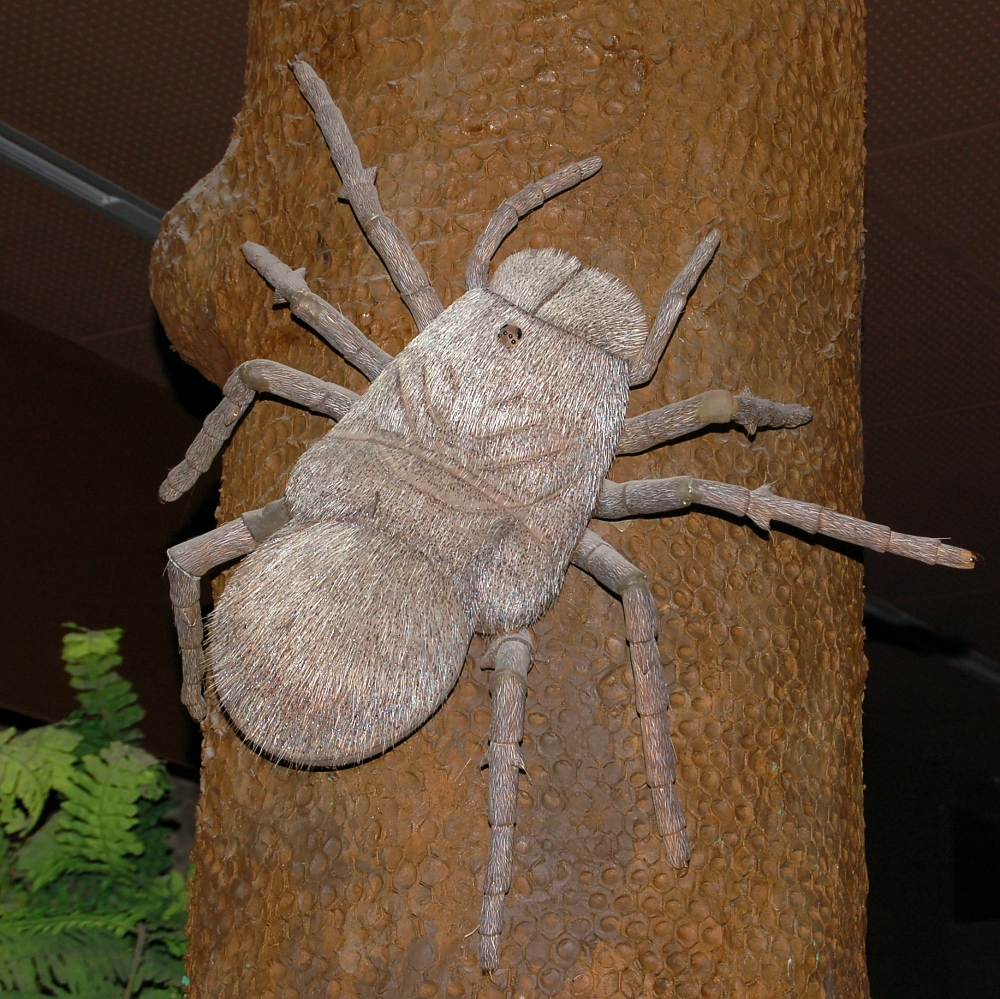
The giant insects of the Carboniferous period represent one of nature’s most extraordinary chapters, when atmospheric chemistry unlocked biological possibilities that seem almost mythical today. These aerial titans ruled their domain for millions of years, creating sky-based ecosystems of unimaginable complexity and beauty.
Their story serves as a powerful reminder that our planet has hosted life forms far more spectacular than anything alive today. The next time you watch a dragonfly dart across a pond, try to picture its enormous ancestor commanding prehistoric skies with the presence of an eagle. What do you think it would have been like to witness these ancient giants in flight? Tell us in the comments.


